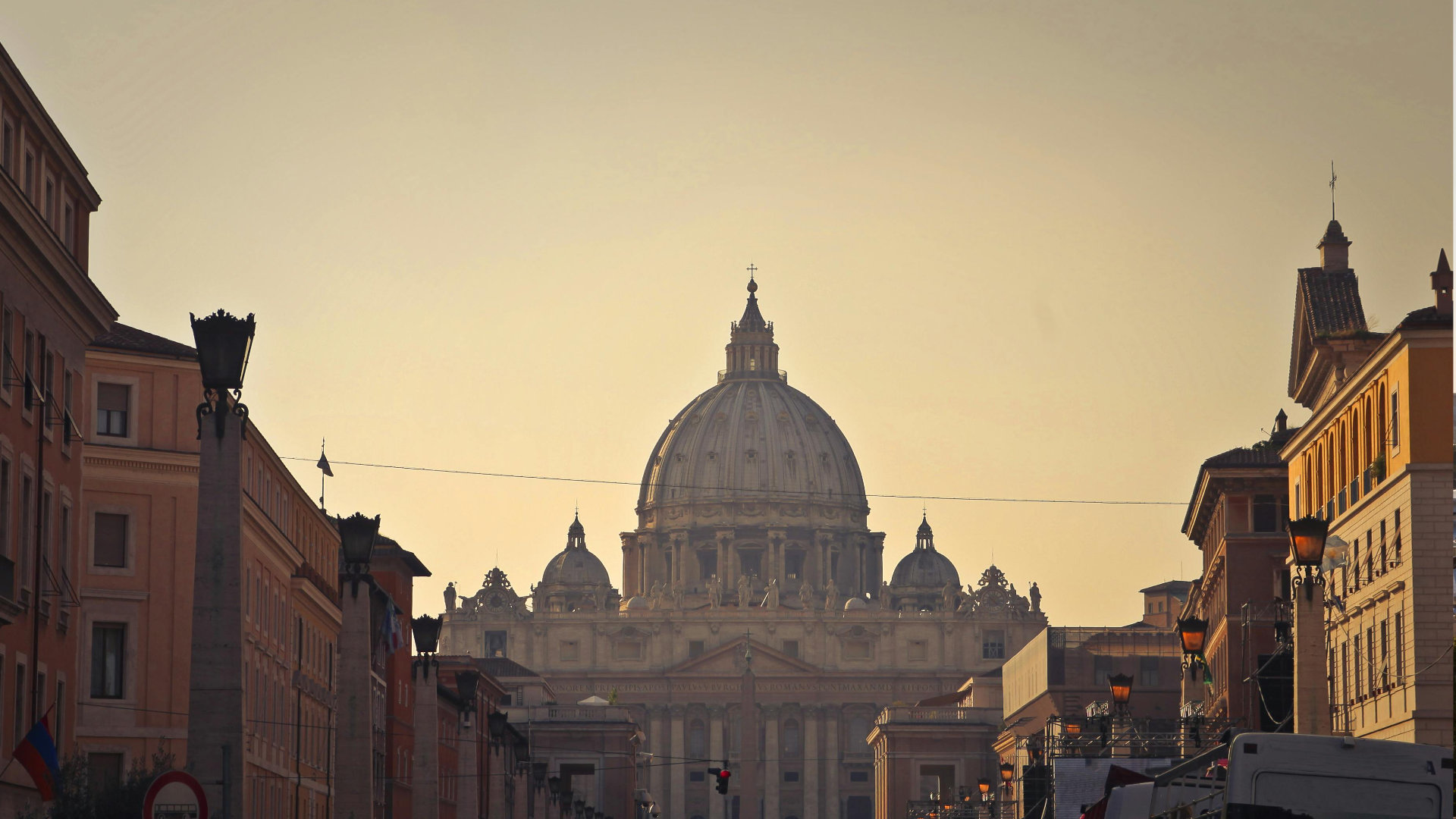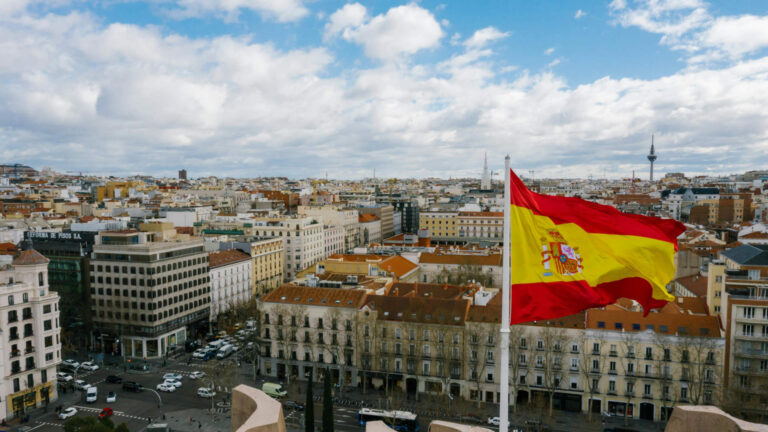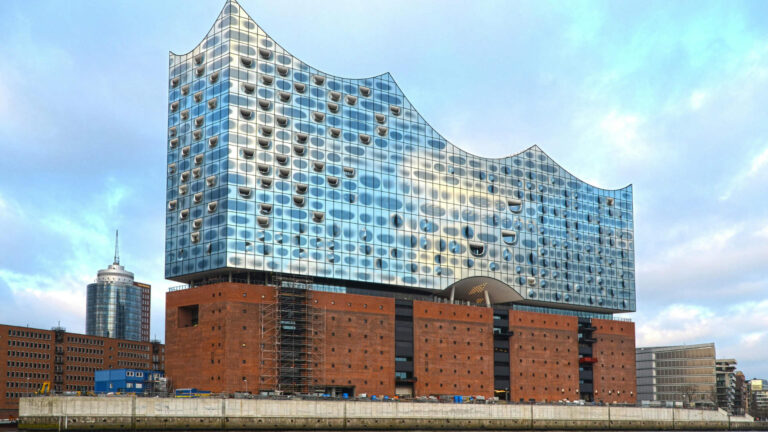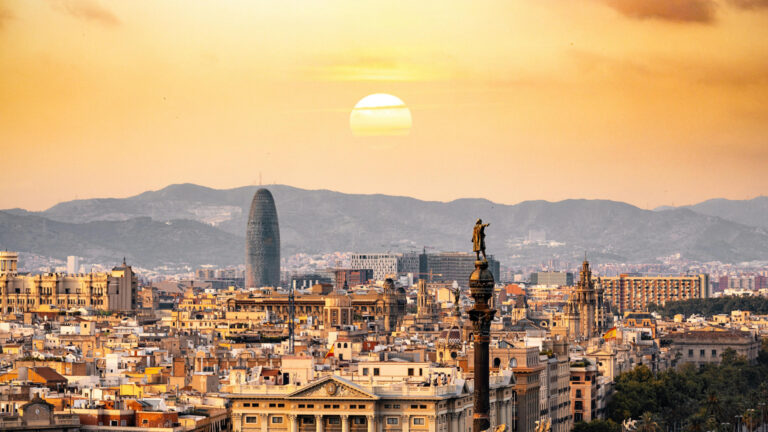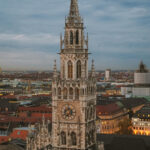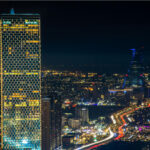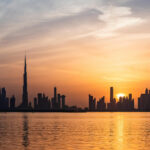Rome welcomed me with the scent of espresso and the distant hum of traffic winding through ancient streets. The city felt eternal, as if time had folded in on itself, layering centuries of history into every stone, every ruin, every piazza. As I stepped out of the train station, the warm Italian sun bathed the city in a golden glow, casting long shadows across the cobbled streets. The honking of scooters, the chatter of locals, the rich aroma of fresh pastries from a nearby café—it was a symphony of life, unmistakably Roman.
My first destination was the Colosseum, the most iconic symbol of Rome’s past. Walking towards it, I could feel my anticipation growing. And then, suddenly, there it was—an immense, weathered amphitheater standing proudly against the modern city. Its massive stone walls bore the scars of time, yet they still held their grandeur. I stood in awe, imagining the roar of the crowd, the clash of gladiator swords, the sheer spectacle that once filled this space. As I stepped inside, the sun streamed through the crumbling arches, illuminating the underground tunnels where warriors once prepared for battle. The air was thick with history, a reminder that this was a place where life and death had danced on the edge of glory.
From there, I wandered through the Roman Forum, the heart of the ancient empire. Broken columns and fallen temples lay scattered like puzzle pieces from another era. I traced my fingers over the worn marble, trying to picture the bustling marketplace, the voices of senators echoing through the Curia, the triumphal processions that once paraded down the Via Sacra. The past felt close, as if it had only been yesterday.
Hunger led me to Trastevere, a neighborhood where Rome’s soul was most alive. The streets here were narrower, lined with ivy-covered buildings in warm terracotta hues. Laundry hung from balconies, elderly women chatted from their windows, and the smell of garlic and olive oil filled the air. I found a small trattoria tucked away in a quiet alley and ordered a plate of cacio e pepe. The simplicity of the dish—just pasta, pecorino cheese, and black pepper—was its genius. Every bite was creamy, salty, and perfectly balanced. I sipped a glass of local wine, letting the flavors linger as the world around me slowed to the gentle rhythm of Roman life.
As the afternoon stretched on, I made my way to the Vatican. St. Peter’s Basilica loomed ahead, its massive dome reaching towards the heavens. Inside, the grandeur was overwhelming—golden ceilings, intricate frescoes, and Michelangelo’s Pietà, so lifelike it seemed to breathe. I climbed the long, winding stairs to the top of the dome, my legs burning with each step. But the view from the top was worth it. Rome spread out beneath me like an open history book—rooftops glowing in the afternoon light, domes and spires piercing the skyline, the Tiber River snaking through the city like a silver ribbon.
The Vatican Museums were next, a treasure trove of art and history. I moved slowly through the halls, overwhelmed by the sheer volume of masterpieces. Raphael’s rooms, ancient tapestries, statues that had stood for millennia. But nothing could prepare me for the Sistine Chapel. The moment I stepped inside, my breath caught. Michelangelo’s frescoes covered the ceiling in a divine explosion of color and movement. The Creation of Adam, that almost-touching moment between man and God, felt timeless, powerful. The room was silent, as if everyone inside had momentarily forgotten to breathe.
As the sun began to set, I found myself at the Spanish Steps, watching as the city shifted into its evening glow. Couples sat close together, sharing gelato, while street musicians played soft melodies. I let myself be carried by the flow of the crowd, down Via del Corso, past elegant boutiques and glowing shop windows.
For dinner, I ventured to a family-run osteria near the Pantheon. I ordered saltimbocca—tender veal wrapped in prosciutto, bathed in a white wine sauce. The waiter, an elderly man with a warm smile, poured me another glass of wine and said, “Piano, piano. In Rome, we never rush.” And he was right. Here, meals were not just food; they were an experience, meant to be enjoyed slowly, shared, remembered.
Night fell over Rome, and the city transformed. The Trevi Fountain sparkled under the moonlight, its waters dancing in the glow of street lamps. I tossed a coin into the fountain, following the tradition, silently promising to return. The sound of laughter and conversation filled the piazzas, waiters carried trays of limoncello to lingering guests, and the cobblestones gleamed under the soft glow of the lanterns.
As I walked back to my hotel, past ruins that had stood for thousands of years, past the echoes of history and the hum of the present, I realized that Rome was not just a city—it was an emotion, a feeling that settled deep in the soul. It was a place where time was irrelevant, where every street held a story, and where every visit felt like coming home.

